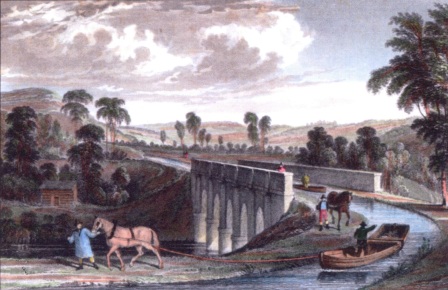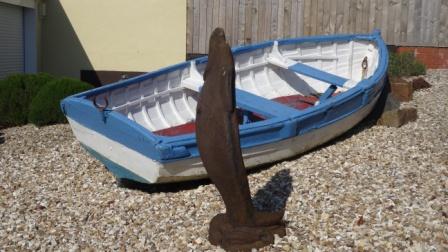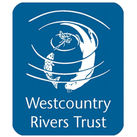Heritage Boats
 A Clovelly picarooner or traditional herring boat. Richard Gregory
A Clovelly picarooner or traditional herring boat. Richard Gregory
Much of North Devon – the way it is – the lie of our harbours, towns and villages is linked to our maritime history.
The wealth of towns like Bideford and Ilfracombe were built on maritime trade and smaller villages like Fremington, Bucks Mills or Hartland were once bustling ports or fishing harbours.
If you’ve looked out on the estuary from Instow or Appledore and seen it dotted with colourful boats during the regatta – then imagine it full of schooners and skiffs, tugs or steamers and tiny rowing boats all using the tide to make it over the notoriously dangerous Bideford Bar and into safe harbour. Many local boats like the gravel barges, the herring picarooners or salmon boats were uniquely designed or adapted to work our waters and built locally. Watch our film salmon netting on the Taw & Torridge on our films page which documents a traditional salmon boat in action and a way of life which may soon be lost.
The influence of the sea and the trade links stretches inland along the river arteries: the Taw and Torridge, with first the canal, then the railway, following the route of the river Torridge, shaping towns and villages like Torrington and Taddiport and the lives of people working the land (see Rolle canal article below.) It wasn’t just work. Lee Bay, near Ilfracombe, was once the in destination for a day out. Day trippers arrived by paddle steamer and had fifteen tea rooms to choose from.
Boat Stories is interested in archive photos and movies of those who made their living on the water and talking to people who remember life back in the day. We hope to be working with the museums, local historians and interested parties. But for the moment as we are a small team we are concentrating on contemporary boats and fishing – including those using traditional boats.
The wealth of towns like Bideford and Ilfracombe were built on maritime trade and smaller villages like Fremington, Bucks Mills or Hartland were once bustling ports or fishing harbours.
If you’ve looked out on the estuary from Instow or Appledore and seen it dotted with colourful boats during the regatta – then imagine it full of schooners and skiffs, tugs or steamers and tiny rowing boats all using the tide to make it over the notoriously dangerous Bideford Bar and into safe harbour. Many local boats like the gravel barges, the herring picarooners or salmon boats were uniquely designed or adapted to work our waters and built locally. Watch our film salmon netting on the Taw & Torridge on our films page which documents a traditional salmon boat in action and a way of life which may soon be lost.
The influence of the sea and the trade links stretches inland along the river arteries: the Taw and Torridge, with first the canal, then the railway, following the route of the river Torridge, shaping towns and villages like Torrington and Taddiport and the lives of people working the land (see Rolle canal article below.) It wasn’t just work. Lee Bay, near Ilfracombe, was once the in destination for a day out. Day trippers arrived by paddle steamer and had fifteen tea rooms to choose from.
Boat Stories is interested in archive photos and movies of those who made their living on the water and talking to people who remember life back in the day. We hope to be working with the museums, local historians and interested parties. But for the moment as we are a small team we are concentrating on contemporary boats and fishing – including those using traditional boats.
















